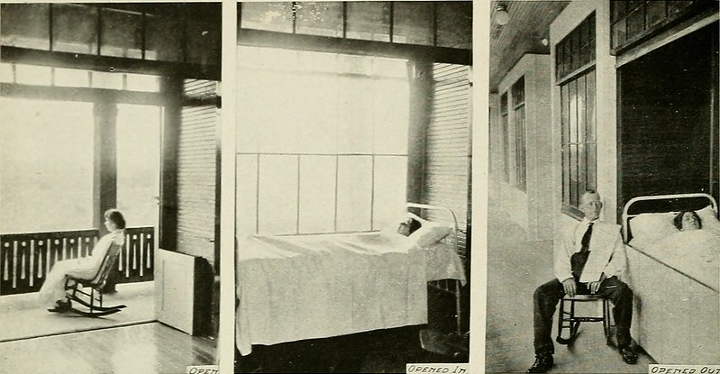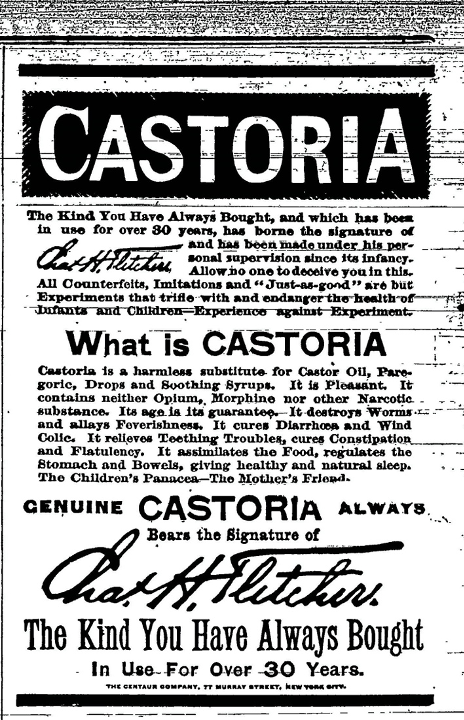Case File: Tuberculosis
- Home
- Long-Term Diseases
- Pandemic!
- Special Exhibitions
- Case File: Tuberculosis

Tuberculosis is one of the oldest diseases known to mankind, dating back to over 17,000 years ago. Because of this, it has maintained a visible presence in the world, particularly in the late eighteenth and early nineteenth century. Consumption is the alternative name used for symptoms of tuberculosis prior to advanced enough testing. Symptoms include a bloody cough, fever, and weight loss, lasting for several years.[i] Within Wayne County there has been a steady record of cases of consumption for almost two centuries. Tuberculosis would grow to have a fairly visible presence in Wooster and Wayne County, with its symptoms, supposed cures, and methods of deterring the illness becoming a focus of newspaper articles and advertisements. To this day, the influence that tuberculosis has on daily life cannot be overlooked, still claiming several hundred lives a year and infecting over a billion.[ii]

In the early 1900s, Castor oil and similar “cures” for tuberculosis were often advertised in newspapers. Such cures for illness were often deceptive as there was little governmental regulation of medicine. Another recommended way for combating the symptoms of consumption was to travel either west to the mountains or to travel to the seaside.[iii] This was based in previous cases where the symptoms of the disease would lessen in these settings, which eventually where looked at as being open air cures. It was often the case that the family would outright move. After the development of the BCG vaccine for tuberculosis in the late 1920s, the death rate for the disease dropped by almost 90%. In Wayne County, there was a steady drop in mentions of the disease as the vaccine became more widely used, as discussed in several Wooster and Wayne County newspapers featured here. In today’s world, the death rate has dropped even further, with a wide range of treatments available. These treatments include use of antibiotics, the establishment of public health codes, and the standardization of vaccine usage.[iv]
[i] Murray, John F., Dean E. Schraufnagel, and Philip C. Hopewell. “Treatment of Tuberculosis. A Historical Perspective.” Annals of the American Thoracic Society, October 14, 2015. https://www.atsjournals.org/doi/full/10.1513/AnnalsATS.201509-632PS.
[ii] Murray, John F., Dean E. Schraufnagel, and Philip C. Hopewell. “Treatment of Tuberculosis. A Historical Perspective.” Annals of the American Thoracic Society, October 14, 2015. https://www.atsjournals.org/doi/full/10.1513/AnnalsATS.201509-632PS.
[iii] Murray, John F., Dean E. Schraufnagel, and Philip C. Hopewell. “Treatment of Tuberculosis. A Historical Perspective.” Annals of the American Thoracic Society, October 14, 2015. https://www.atsjournals.org/doi/full/10.1513/AnnalsATS.201509-632PS.
Header: “Mycobacterium Tuberculosis Bacteria.” The National Institute of Health. Accessed July 1, 2020. Online at Flickr.
Figure 1: Online at https://www.flickr.com/photos/126377022@N07/14778490741

